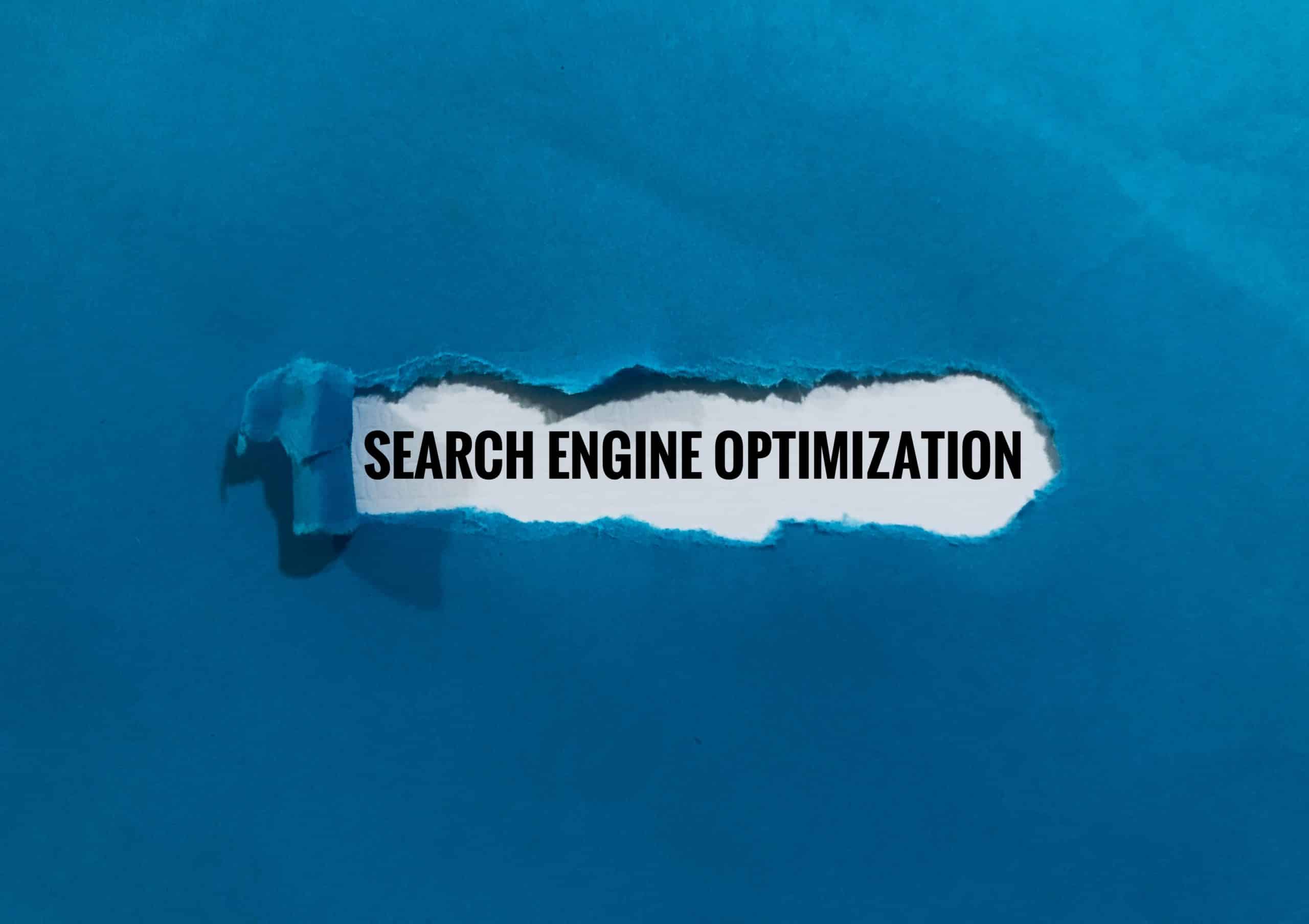How Can AI Be Used to Optimize Energy Efficiency in Commercial Buildings?

As artificial intelligence (AI) continues to develop and take on increasingly complex tasks, industries across the board are finding innovative ways to utilize it. One area where AI is making a significant impact is in energy efficiency, particularly in commercial buildings. This article will delve into the ways AI can be used to optimize energy efficiency in commercial buildings, thus contributing to environmental sustainability and cost savings. It will explore the specific AI technologies being employed, the benefits they bring, and practical examples of their application.
The Role of AI in Energy Management Systems
Artificial Intelligence plays a significant role in enhancing energy management systems. It can be a game-changer when it comes to reducing energy consumption, lowering carbon emissions, and achieving sustainability goals.
Have you seen this : What Are the Emerging Business Opportunities in Virtual Tourism?
AI enables smart energy management by learning from patterns and making predictions based on data. It uses advanced algorithms and machine learning to analyze large volumes of data from various sources, including weather forecasts, building usage patterns, and historical energy usage data. By processing this information, AI can make accurate predictions about future energy needs and optimize energy usage accordingly.
AI also enables real-time monitoring and control of energy systems. It can detect anomalies in energy usage patterns, identify potential problems, and implement corrective measures. For example, if a piece of equipment is using more energy than it should, AI can identify the issue and recommend maintenance or replacement to prevent further energy wastage.
Have you seen this : What Are the Strategies for Implementing AI in Customer Relationship Management?
AI-Powered HVAC Systems
Heating, Ventilation, and Air Conditioning (HVAC) systems consume a substantial amount of energy in commercial buildings. AI can help optimize these systems for energy efficiency.
AI-powered HVAC systems can learn from past data to predict future heating and cooling needs. They can adjust the temperature settings based on the time of day, outside temperature, and occupancy patterns in the building. This smart temperature adjustment can result in significant energy savings.
In addition, AI can monitor the performance of HVAC equipment in real-time. It can detect faults or inefficiencies in the system, such as leaky ducts or failing equipment, and alert maintenance staff. This proactive detection and resolution of issues can help prevent energy wastage and extend the lifespan of the equipment.
Smart Lighting Systems and AI
Lighting is another significant energy consumer in commercial buildings. AI can help optimize lighting systems for energy efficiency through smart control and automation.
AI can use data from light sensors, occupancy sensors, and timers to control the lighting in a building effectively. It can turn off lights in unoccupied spaces, dim lights in areas with sufficient natural light, and adjust lighting levels based on the time of day. This smart lighting control can reduce unnecessary energy usage and contribute to significant cost savings.
In addition to controlling existing lighting systems, AI can also help in designing energy-efficient lighting systems. It can analyze data on building layout, occupancy patterns, and natural light availability to design lighting systems that maximize energy efficiency.
AI in Building Design and Construction
AI can also be used in the design and construction of commercial buildings to optimize energy efficiency. It can analyze data on various factors, such as building orientation, insulation, window placement, and construction materials, to develop energy-efficient building designs.
AI can also simulate different design scenarios and predict their impact on energy efficiency. This can help architects and engineers make informed decisions and incorporate energy efficiency considerations into the early stages of building design.
Moreover, AI can also assist in the selection of energy-efficient materials and technologies for building construction. It can analyze data on various materials and technologies, evaluate their energy efficiency performance, and recommend the most suitable options.
Benefits of Using AI for Energy Efficiency in Commercial Buildings
The use of AI for energy efficiency in commercial buildings has several benefits. It can significantly reduce energy consumption and lower energy costs, providing substantial cost savings to building owners and operators. It can also contribute to environmental sustainability by reducing carbon emissions.
In addition, AI can enhance comfort and convenience in commercial buildings. For example, AI-powered HVAC and lighting systems can provide optimal temperature and lighting conditions, enhancing the comfort of building occupants.
Moreover, the use of AI can facilitate compliance with energy efficiency regulations and standards. It can provide detailed energy usage data and analytics, helping building operators monitor their energy performance and demonstrate compliance with regulatory requirements.
AI also opens up new opportunities for energy management. It can enable demand response programs, where buildings can adjust their energy usage in response to signals from the grid, thereby helping stabilize the grid and reduce peak demand.
It’s clear that AI has immense potential to optimize energy efficiency in commercial buildings. As we continue to innovate and refine these technologies, we can look forward to a future where commercial buildings are not only more energy-efficient but also more comfortable, convenient, and sustainable.
AI in Facility Management and Maintenance
The application of AI stretches beyond just optimizing energy systems within commercial buildings. It also plays a crucial role in facility management and maintenance, leading to improved energy efficiency.
Facility management involves overseeing the operation of the physical building and its systems. This includes areas such as HVAC, lighting, insulation, and overall building design. With the application of AI, facility managers can effectively monitor and control these elements, greatly enhancing energy productivity.
The use of AI in facility management can facilitate predictive maintenance. This involves using AI to predict when a system or equipment is likely to fail or require maintenance, based on trends and patterns in the data. By performing maintenance only when necessary, significant energy and cost savings can be achieved.
For instance, AI might predict that an HVAC system will require maintenance in the upcoming weeks based on its usage patterns and other parameters. The facility manager can then schedule for a maintenance check-up in advance, reducing the potential for system inefficiencies and failures, thus optimizing energy use.
Moreover, AI can also conduct energy audits in a much more effective and efficient manner. Energy audits are essential for understanding how energy is used within a building and identifying potential areas for improvement. By utilizing AI, these audits can be conducted more frequently and accurately, leading to better optimization of energy usage.
Conclusion: The Future of AI in Optimizing Energy Efficiency
Artificial intelligence has already shown tremendous potential in optimizing energy efficiency in commercial buildings, and its utilization is only set to grow in the coming years. As AI technologies continue to evolve and become more sophisticated, their capabilities in managing and reducing energy consumption will likewise expand.
The integration of AI into commercial buildings brings numerous benefits, not only in terms of energy savings and cost reductions, but also in contributing to environmental sustainability. By reducing energy consumption and carbon emissions, AI is playing a pivotal role in combating climate change and promoting a more sustainable future.
AI is also changing the nature of facility management, making it more proactive rather than reactive. The use of predictive maintenance and energy audits helps prevent major issues from arising, and ensures the building’s systems are running at their most efficient.
Furthermore, as the adoption of AI becomes more widespread, it’s expected that regulatory bodies will introduce new energy efficiency standards and regulations. AI can play a crucial role in ensuring compliance with these regulations, by providing detailed energy usage data and analytics.
In conclusion, the application of AI in commercial buildings is revolutionizing the way we approach energy efficiency. It’s not just about saving money, it’s about creating buildings that are smarter, more comfortable, and more sustainable. As AI technology continues to develop and improve, the future of energy efficiency in commercial buildings looks promising.
